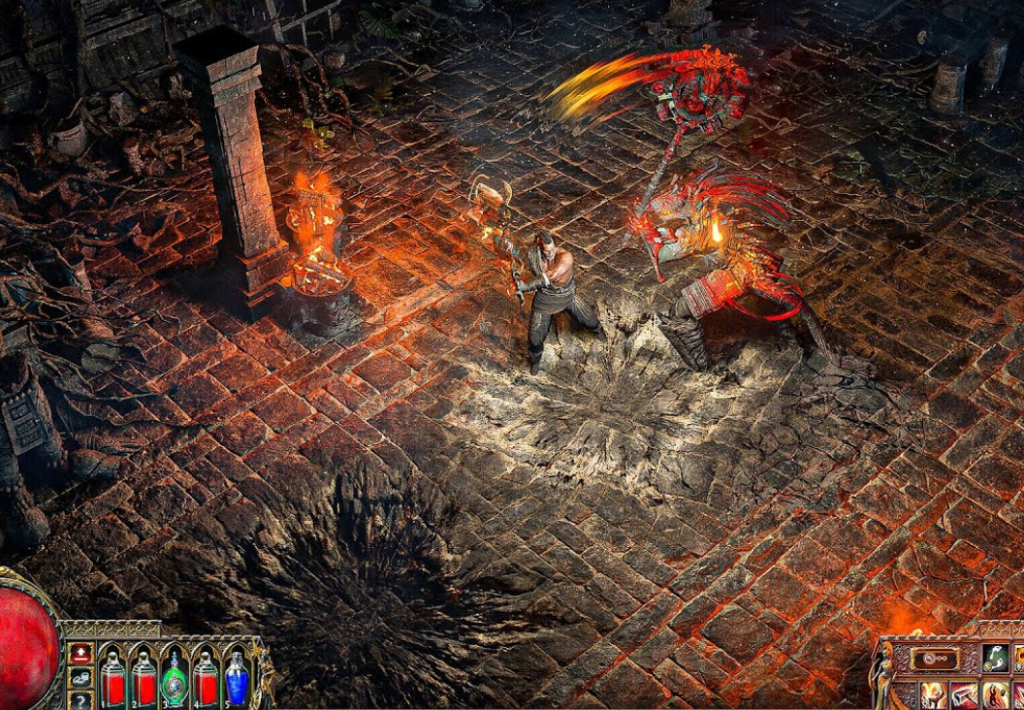The Impact of Passive Skill Tree Overhaul in poe 2
Path of Exile 2 is not just a sequel; it is a reimagining of one of the most intricate and beloved ARPGs ever made. One of the most significant updates in this new installment is the overhaul of the passive skill tree, a cornerstone of the game’s customization and identity. While the original tree in Path of Exile was famous for its vastness and depth, it was also overwhelming to new players. In Path of Exile 2, Grinding Gear Games has taken a fresh approach to make the system more intuitive while still maintaining the freedom that the community cherishes.

The redesigned passive skill tree in Path of Exile 2 introduces class-specific starting positions, as in the original, but now these class trees feel more thematically aligned and offer more meaningful progression. Each class now has its own unique archetype and associated skill tree design that reflects its identity. For instance, the Ranger’s tree might focus more on dexterity and projectile mechanics, while the Witch gains access to more refined elemental and summoning nodes.
Instead of branching off randomly, passive nodes now follow a more natural progression path. The layout has been restructured to reduce redundancy, and the new grouping of related skills allows players to pursue a playstyle with fewer distractions or wasted points. This structure also makes hybrid builds more viable, as players can now see synergies more clearly between neighboring class paths.
Another critical feature of the overhaul is the addition of “Keystone Clusters.” These are areas within the tree that offer transformative abilities with powerful effects. For example, a keystone might trade life regeneration for increased damage while on low life, encouraging high-risk, high-reward playstyles. These clusters are now more clearly marked and placed in strategic areas to encourage exploration of less conventional builds.
The tree is more interactive and responsive. When planning builds, players are now able to preview potential outcomes of their passive choices, complete with damage, defense, and utility estimates. This not only empowers theorycrafters but also helps casual players understand the consequences of their decisions in a more visual, digestible way.
The passive skill tree overhaul also ties deeply into other new systems, such as the Ascendancy redesign and weapon specialization nodes. These systems interact more seamlessly with the core passive tree, enhancing both thematic immersion and gameplay cohesion. You’re no longer choosing nodes in isolation; instead, each choice contributes to a larger vision of your character’s role and style.
poe 2 items sale’s passive tree overhaul is a smart evolution of a beloved system. It preserves the original’s spirit of experimentation and customization but eliminates much of the confusion and aimlessness that could frustrate newcomers. With clearer pathways, deeper synergies, and a more guided experience, the new passive skill tree helps make build creation more rewarding and engaging for every type of player.